What Is Millimeter Wave Radar?
 Millimeter wave radar is a radar that uses millimeter wave (wavelength: 1 mm to 10 mm/frequency: 30 GHz to 300 GHz) radio waves to detect the distance, location information, and relative speed of an object.
Millimeter wave radar is a radar that uses millimeter wave (wavelength: 1 mm to 10 mm/frequency: 30 GHz to 300 GHz) radio waves to detect the distance, location information, and relative speed of an object.
In general, sensors that detect distance include LiDAR, ultrasonic waves, and stereo cameras, in addition to millimeter wave radar. The advantage of millimeter wave radar is that it can detect distances of 150 meters or more. It is not affected by sunlight, rain or fog, etc. The disadvantage is that it is difficult to detect objects with low radio wave reflectivity, such as cardboard and Styrofoam.
Uses of Millimeter Wave Radar
Millimeter wave radar is used in automobiles, industrial machinery, and drones. In particular, it is often used in automobiles as a safety device.
ADAS (advanced driver-assistance system) is a safety device that is currently widely used in automobiles. 76GHz millimeter wave radar is used for adaptive cruise control and collision mitigation braking to detect the road ahead. The ADAS functions, such as adaptive cruise control and collision mitigation braking, use 76 GHz millimeter wave radar to detect the road ahead. For higher resolution and improved accuracy, the 79 GHz band will be shifted to the future.
In addition, blind spot monitors use the 24 GHz band. Millimeter wave radar will be used even more as automated vehicles are developed in earnest.
Principle of Millimeter Wave Radar
The main components of millimeter wave radar are a synthesizer that processes the transmitted radio waves, a Tx antenna that transmits the radio waves, an Rx antenna that receives the reflected radio waves, and a CPU that processes the received signals.
The principle of millimeter wave radar is that the Tx antenna transmits radio waves processed by the synthesizer from the radar, the Rx antenna receives the reflected radio waves from the object, and the CPU processes the signals to measure distance and other parameters.
There are two main methods of measuring distance and velocity: pulse and FMCW. Angle is mainly measured by the electronic scan method.
1. Pulse Method
The distance is calculated from the time it takes for the reflected radio wave to return from the object.
2. FMCW Method
This method transmits radio waves of varying frequency over time and calculates the distance from the beat frequency (frequency difference) generated by interference between the transmitted signal and the signal reflected from the object.
3. Electronic Scanning Method
This method uses multiple Rx antennas and detects the phase difference between each antenna. The angle of the object to be measured can be calculated from the phase difference.
Other Information on Millimeter Wave Radar
1. Accuracy of Millimeter Wave Radar
Millimeter wave radar can detect obstacles and objects in the vicinity with high accuracy because it diffuses short wavelengths into the surrounding area. It has a high resolution and can detect the shape of an object and how it has moved (or changed) to the nearest 0.1 mm.
It also has an advantage over infrared lasers and ultrasonic lasers in terms of the distance over which objects can be detected. While infrared lasers and ultrasonic lasers can detect objects at a distance of about 20 meters and ultrasonic lasers can detect objects at a distance of about 1 meter, millimeter wave radar can detect objects at a distance of 150 meters.
Millimeter wave radar can maintain high accuracy even in adverse environments. While infrared and ultrasonic lasers show variations in accuracy due to changes in ambient temperature and other factors, millimeter wave radar is a radio wave sensor, which is highly linear and stable in detecting objects, regardless of the environment.
2. Interference by Millimeter Wave Radar
In the future, when automated driving becomes widespread, millimeter wave radar will be used more frequently in high-density environments, and there is a concern about radio interference between radars.
Radio interference could interfere with target detection by millimeter wave radar and lead to false positives, which could result in serious traffic accidents. In order for millimeter wave radar to achieve high range resolution, it must use the entire 3-4 GHz frequency range allocated to radar for each vehicle. It is essential to develop technologies to avoid this.
3. Weaknesses of Millimeter Wave Radar
As mentioned earlier, millimeter wave radar can easily and stably range an object even in adverse environments, but there are some objects that it is not good at detecting.
On the other hand, some objects are difficult to detect. These are relatively small objects and objects with low reflectivity to radio waves, such as cardboard boxes. In terms of distance to objects, millimeter-wave radar is good at detecting objects at long distances, but it is also poor at detecting objects at short distances.
4. Future Trends in Millimeter Wave Radar Technology
Until now, LiDAR (light detection and ranging), with its superior recognition resolution, has played a leading role as a sensor required for automated driving, but innovations in radar technology are enabling it to draw recognition resolution close to that of LiDAR. The keywords driving this technology are advances in semiconductor microfabrication technology, frequency bandwidth expansion, and antenna technology such as beamforming.
Advances in Semiconductor Microfabrication Technology
Advances in CMOS miniaturization technology not only enable the use of smaller and less expensive millimeter-wave signal processing ICs. Digital beamforming technology, which uses the ultimate analog technology of high-frequency circuits in the millimeter wave band and digital technology to achieve highly efficient beam forming, is currently being actively developed by a variety of companies and research institutes.
Expansion of Frequency Bandwidth
The most important factor is to secure the recent 5 GHz bandwidth from 76 GHz to 81 GHz. The increase in frequency bandwidth will directly contribute to the expansion of the radar range. In the near future, it is said that a continuous 12.5 GHz bandwidth between 136 GHz and 148.5 GHz in the D-band will be available for radar, making millimeter wave radar technology increasingly important.
Evolution of Antenna Technology
Advances in antenna technology, particularly array antenna technology, and ultra-compact, low-loss array antenna integrated module technology, are important. This will enable millimeter wave radar to achieve higher power and efficiency.
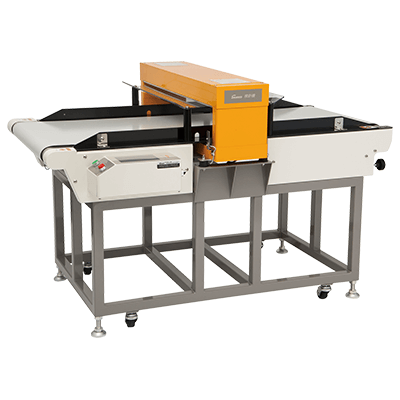
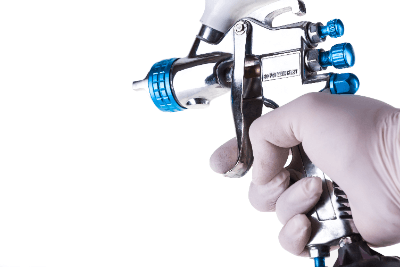
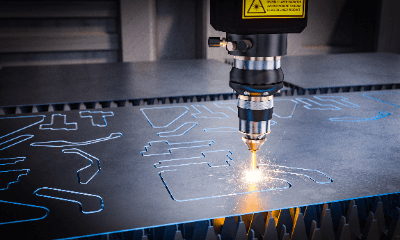 An Air Plasma Cutting Machine is a machine that uses high-temperature arc plasma to cut metals.
An Air Plasma Cutting Machine is a machine that uses high-temperature arc plasma to cut metals.
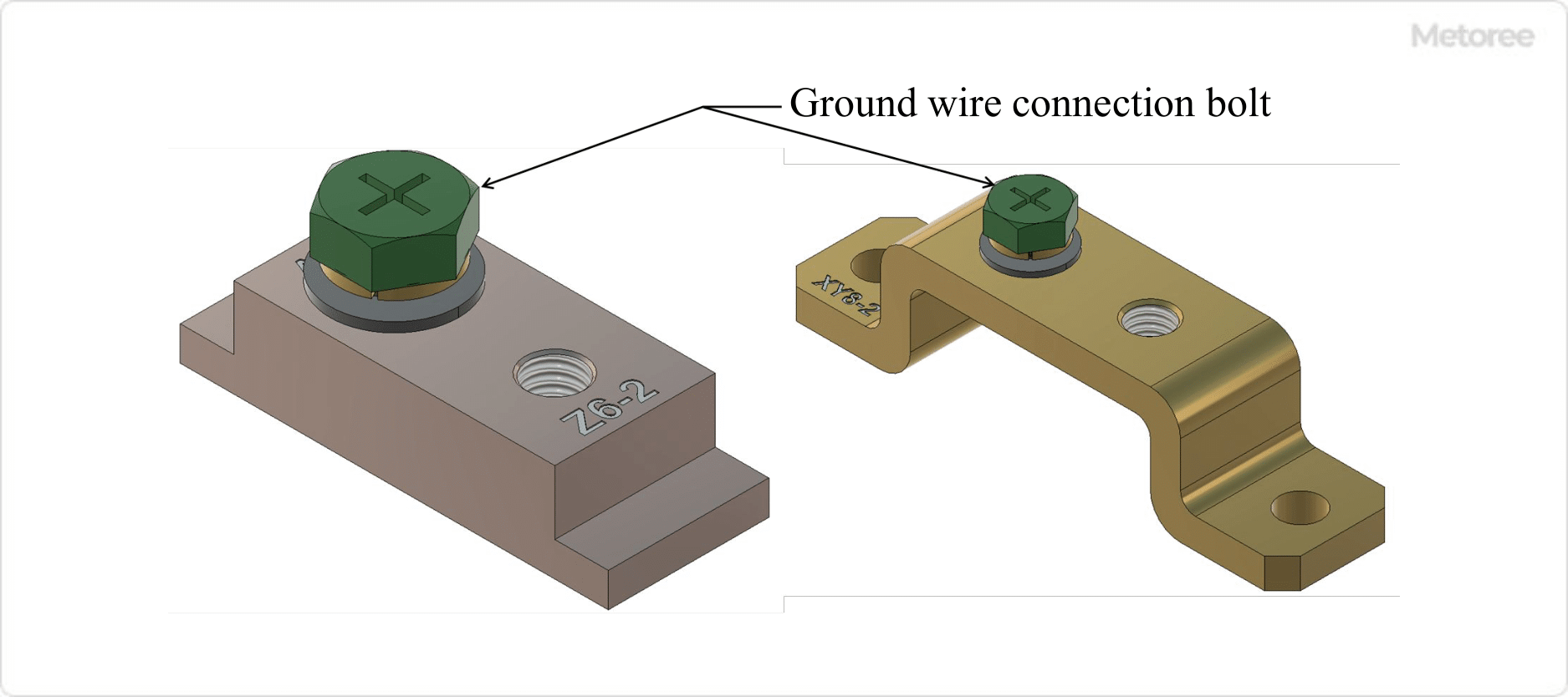
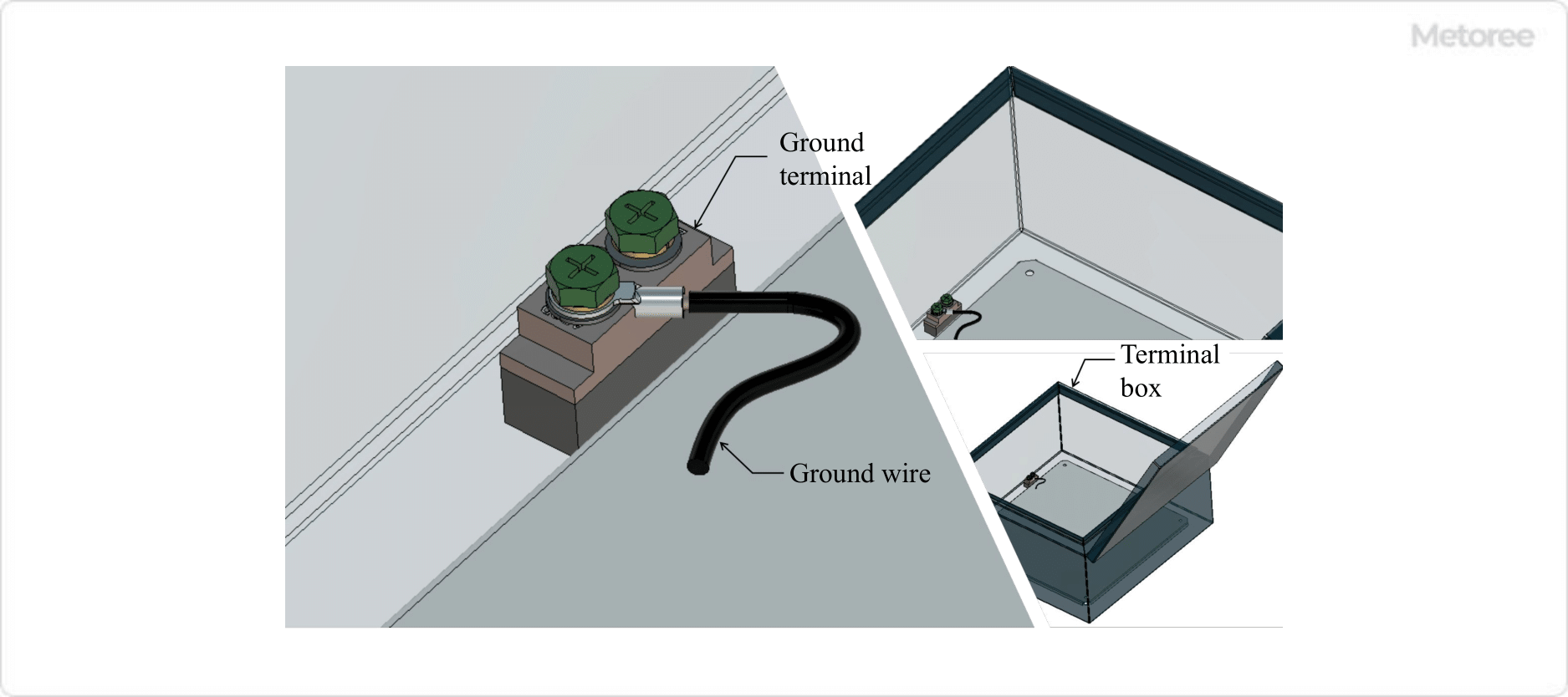
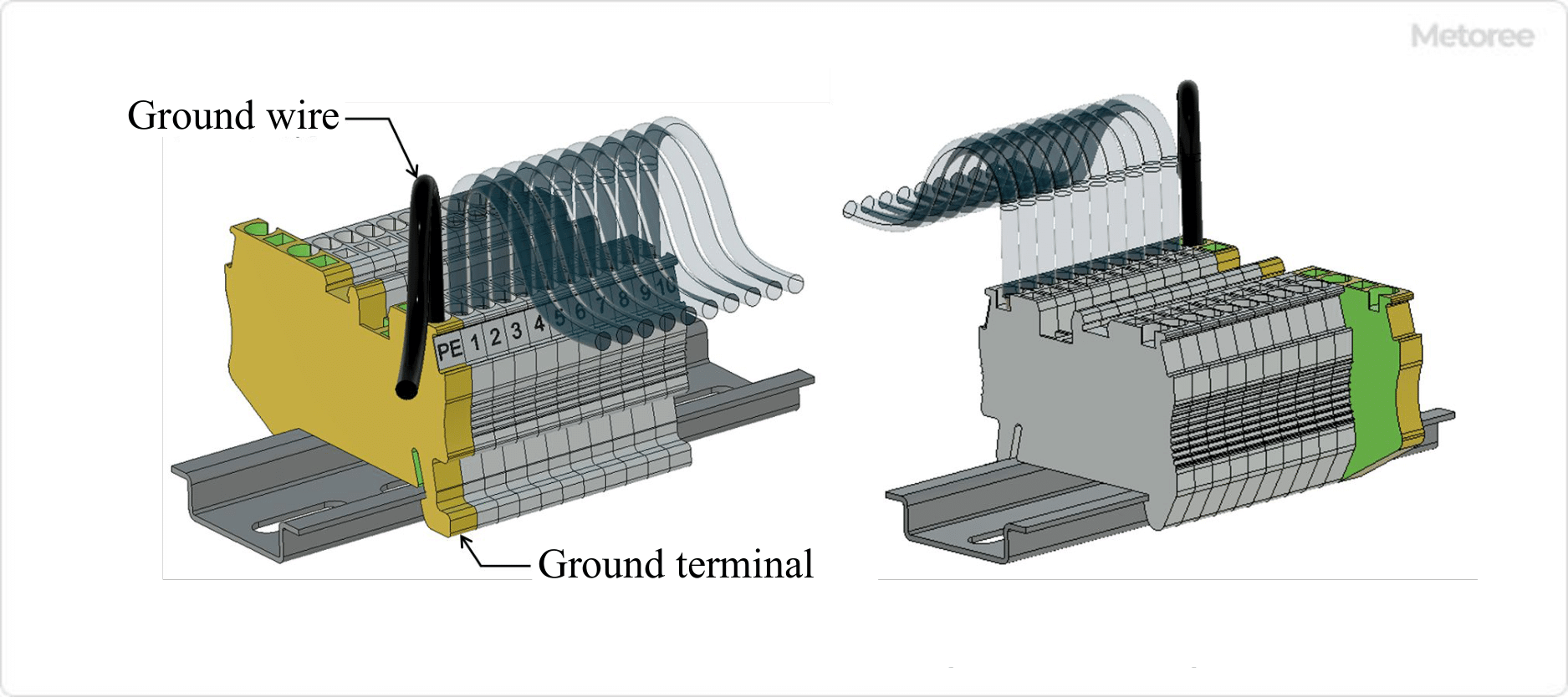
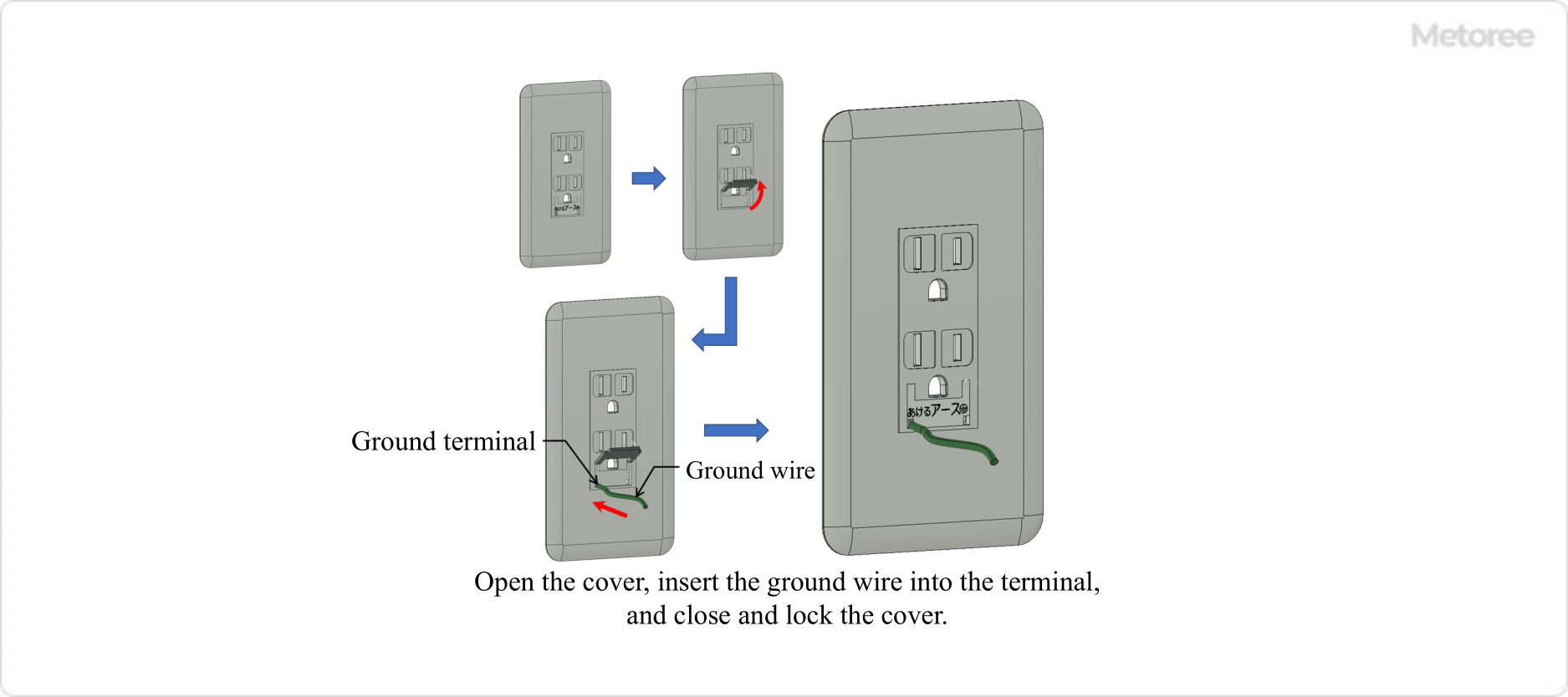
 Millimeter wave radar is a radar that uses millimeter wave (wavelength: 1 mm to 10 mm/frequency: 30 GHz to 300 GHz) radio waves to detect the distance, location information, and relative speed of an object.
Millimeter wave radar is a radar that uses millimeter wave (wavelength: 1 mm to 10 mm/frequency: 30 GHz to 300 GHz) radio waves to detect the distance, location information, and relative speed of an object.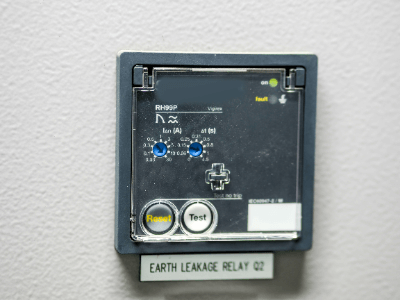 Un medidor de corriente de fuga es un instrumento para medir la corriente de fuga de los equipos eléctricos.
Un medidor de corriente de fuga es un instrumento para medir la corriente de fuga de los equipos eléctricos.